About SUCCULENT EUPHORBIAS
Euphorbia is a huge genus composed of plants with milky sap, including spurges and poinsettias. Those that are succulents range from marble-size spheres to 30-foot trees. Some species resemble cacti [how to tell the difference] and are just as efficient at storing water.
Scroll down for a Gallery of readily available succulent euphorbias for residential gardens. (Do notice the plants' Fibonacci spirals!)
Climate
Euphorbias thrive in mild, dry climates. Give them the same care as most succulents (as explained in my books and on this site's Succulent Care Basics page). With few exceptions, succulent euphorbias can't handle temperatures into the 20s F, scorching sun, desert heat, high humidity, or cold+wet.
Euphorbias are on my list of succulents for coastal Southern CA gardens. Farther inland, protect them from harsh midday sun and frost.
Flowers, pods and spines

Euphorbia muirii
What appear to be flowers on euphorbias are actually bracts that surround tiny flowers (this is true of all euphorbias, including poinsettias). Bracts of succulent euphorbias are most often yellow, though some are white, purple, rust or burgundy.

Euphorbia "flowers" are followed by beadlike seed capsules.

Euphorbia spines emerge in pairs that suggest cow horns.
Can't Tell a Spiny Euphorbia from a Cactus? Find Out How!

Discover the differences then take the fun and easy quiz at the end. You'll be surprised how much you've learned!
Euphorbias for the Landscape

Euphorbia ammak 'Variegata' in the back yard of Brandon Bullard, owner of Desert Theater nursery. Nearby are fence post cacti: Lophocereus (Pachycereus) marginatus.
Among those euphorbias useful for adding height and vertical interest to mild-climate gardens are tall, statuesque varieties that resemble columnar cacti. Those found in nurseries are primarily Euphorbia ammak and Euphorbia ingens.
Shrub-like euphorbias (shown in the gallery below) include E. canariensis, E. cooperi, E. leucadendron, E. milii (grown for its brilliant year-round "flowers"), E. mauritanica, and E. resinifera---to name a few.

Euphorbia rigida (gopher spurge)
Note: Shrubby Euphorbia rigida, above, is invading regional parks in in the east Bay Area, according to California Plant Society volunteers who report difficulty slowing its spread. The plant reseeds readily, as evidenced in my own Southern CA garden. Fortunately it's shallow-rooted and fairly easy to pull. You do need to stay on top of it, though.
Euphorbias for containers
Small euphorbias are highly collectible and do well as potted plants. Of note in the gallery below include E. aeruginosa, E. anoplia, E. meloformis, and highly popular E. obesa, E. suzannae and E. polygona 'Snowflake'.
Another type of succulent euphorbia earns its own classification: medusoid, so-named for having stems that radiate from a central point, like Medusa's hair. Visit the Medusa Euphorbia page.
Caution
Milky sap that oozes from the cut stems or trunks of euphorbias can cause a skin rash and eye irritation so severe it sends the victim to the hospital. Wear gloves and eye protection when pruning euphorbias, and don't plant where children or dogs play. Watch my pruning video:
Resources
Shop for succulent euphorbias
Online: Mountain Crest Gardens
Nurseries: San Diego and beyond
Articles and Videos
How to Prune and Handle Euphorbia tirucalli 'Sticks on Fire'/Cómo podar y manipular árbol de los dedos (6:14) In English and Spanish, landscaper José Arias explains (and shows) how to prune and handle this beautiful succulent with toxic, milky sap.
Cactus or Spiny Euphorbia? How to Tell the Difference (8:48) Find out how to tell them apart at a glance, then take a fun quiz!
Meet Snake-Leaved Medusa Succulents
Excellent info and photos of medusoid euphorbias from nurseryman and author Jeff Moore of Solana Succulents.
Succulent White-Pot Pairings
The milky white of a crested Euphorbia lactea repeats that of its container, and the plant’s spiky texture contrasts with the pot’s smooth finish.
See the video: Succulent White-Pot Pairings (4:18)
How to Repot a Stuck, Spiny Succulent
Without touching it, I remove an overgrown Euphorbia mammillaris that's stuck in its pot.
See the video: How to Repot a Stuck Spiny Succulent (5:47)
A Colorful Succulent Garden to Copy
Orange Euphorbia tirucalli 'Sticks on Fire' adds brilliant color to a coastal garden.
See the video: A Colorful Succulent Garden to Copy (3:51)
Critique: Newport Beach's Grand Succulent Garden
What were they thinking, planting highly toxic Euphorbia resinifera where children might come into contact with it?
See the video: Expensive Succulent Design Mistakes to Avoid (6:23).
Debra's Dozen Easy-Grow Succulents, from Aeonium to Zebra Plant
A must-read for beginners trying to make sense of succulents. Discover lovely, readily available varieties anyone can grow.
Debra's Dangerous Succulents Page
Euphorbias, because of their toxic sap, are included.
Books
For more information, see the Euphorbia sections of my books Succulents Simplified and Designing with Succulents.
Euphorbia gallery
Euphorbia or Cactus? How to Tell
How can you tell a spiny euphorbia from a cactus? Observe key characteristics: the type of spines, flowers and leaves (or lack thereof). As I compiled my site’s new Euphorbia page, I happily acquired the ability to tell at a glance which is which. Sure, you can scratch a plant, and if it drips milky sap, it’s
Succulents with Fibonacci Spirals
Many cacti and succulents form geometric spirals similar to those of sunflowers, pine cones and nautilus shells. Spiral leaf arrangements funnel rainwater to roots and keep leaves from shading each other.
How to Prune and Handle Euphorbia tirucalli ‘Sticks on Fire’
In both English and Spanish, landscaper José Arias explains and shows how to prune and handle Euphorbia tirucalli ‘Sticks on Fire’, a beautiful succulent with toxic, milky sap.
Types of Succulents from Aeonium to Zebra Plant, Photos & IDs
Debra’s Dozen Easy-Grow Succulent Plants for Beginners
Trying to make sense out of succulents? There are numerous varieties, but these are the most common succulents and those you’ll likely run across. Enjoy growing and discovering these fascinating “plants that drink responsibly!”

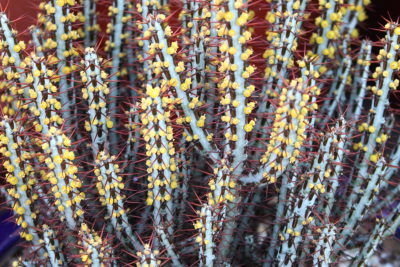



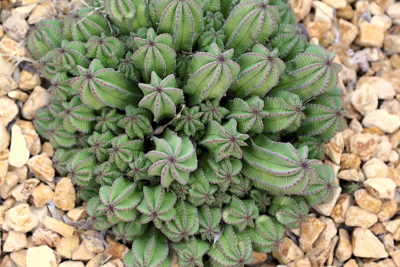


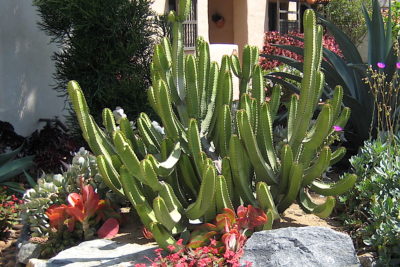

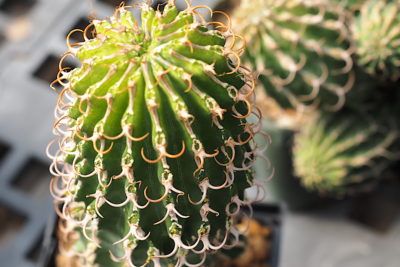

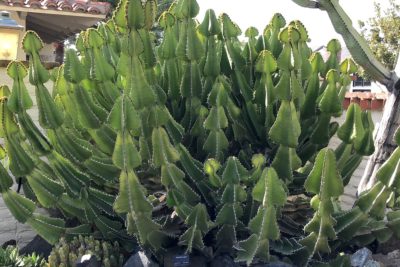





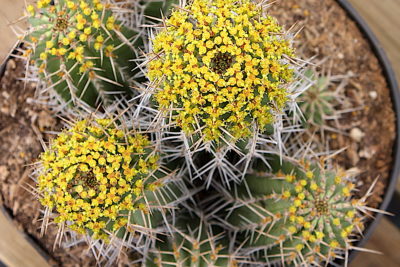




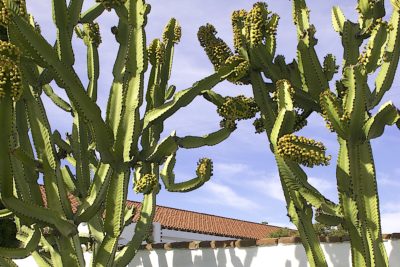
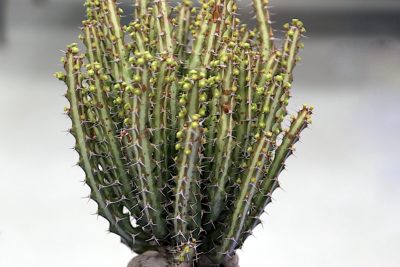
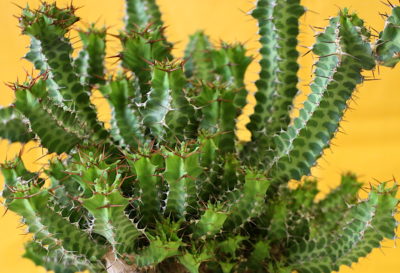


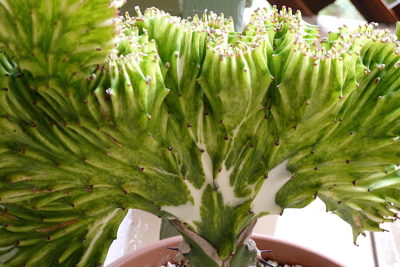

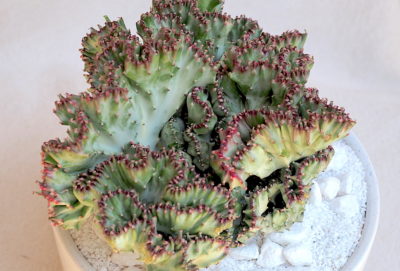





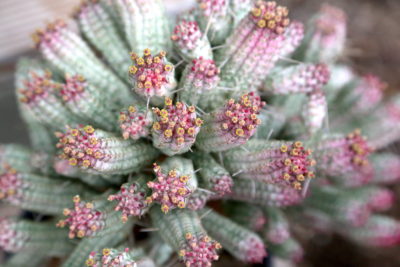







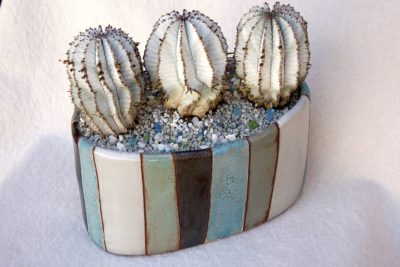



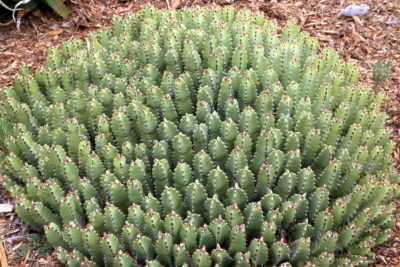







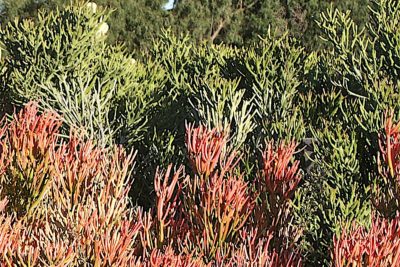
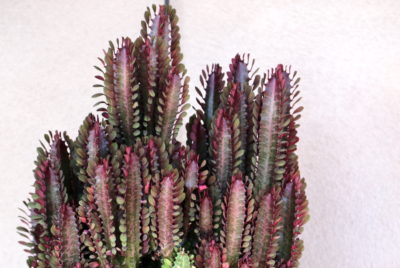

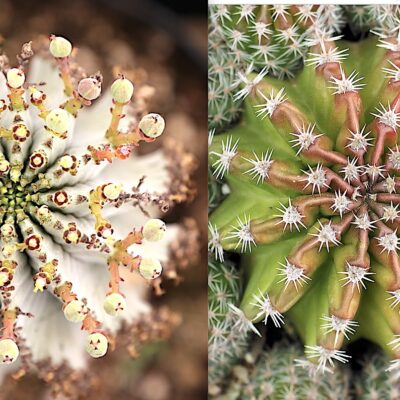


-custom_crop.jpg)